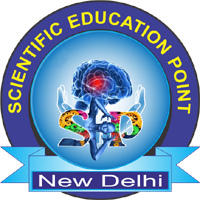
 SCIENTIFIC EDUCATION POINT A Concept for Mind Development & Mid Brain Activation |

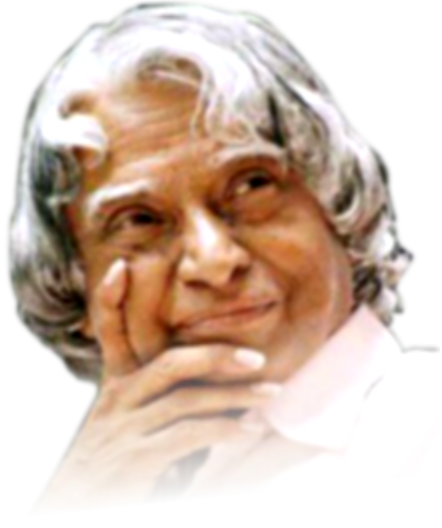 A Unit of RGVT, New Delhi [An ISO 9001:2008 Certified Organisation] |
|
|
|
|
|
|
|
|
|
|
|
|
Answer : The brain is an organ that serves as the center of the nervous system in all vertebrate and most invertebrate animals. The brain is located in the head, usually close to the sensory organs for senses such as vision. The brain is the most complex organ in a vertebrate's body. Answer : The human brain is the command center for the human nervous system. It receives input from the sensory organs and sends output to the muscles. The human brain has the same basic structure as other mammal brains, but is larger in relation to body size than any other brains. Answer : Your brain contains billions of nerve cells arranged in patterns that coordinate thought, emotion, behavior, movement and sensation. A complicated highway system of nerves connects your brain to the rest of your body, so communication can occur in split seconds. 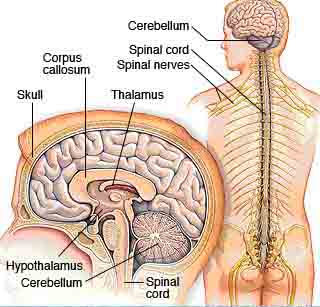 Your brain contains billions of nerve cells arranged in patterns that coordinate thought,
emotion, behavior, movement and sensation. A complicated highway system of nerves connects
your brain to the rest of your body, so communication can occur in split seconds. Think about
how fast you pull your hand back from a hot stove. While all the parts of your brain work
together, each part is responsible for a specific function — controlling everything from your
heart rate to your mood.
Your brain contains billions of nerve cells arranged in patterns that coordinate thought,
emotion, behavior, movement and sensation. A complicated highway system of nerves connects
your brain to the rest of your body, so communication can occur in split seconds. Think about
how fast you pull your hand back from a hot stove. While all the parts of your brain work
together, each part is responsible for a specific function — controlling everything from your
heart rate to your mood.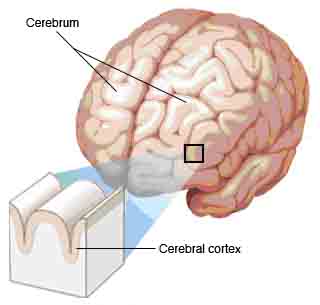 The cerebrum is the largest part of your brain. It's what you probably visualize when you think
of brains in general. The outermost layer of the cerebrum is the cerebral cortex, the "gray matter"
of the brain. Deep folds and wrinkles in the brain increase the surface area of the gray matter,
so more information can be processed.
The cerebrum is the largest part of your brain. It's what you probably visualize when you think
of brains in general. The outermost layer of the cerebrum is the cerebral cortex, the "gray matter"
of the brain. Deep folds and wrinkles in the brain increase the surface area of the gray matter,
so more information can be processed.The cerebrum is divided into two halves (hemispheres) by a deep fissure. The hemispheres communicate with each other through a thick tract of nerves, called the corpus callosum, at the base of the fissure. In fact, messages to and from one side of the body are usually handled by the opposite side of the brain. 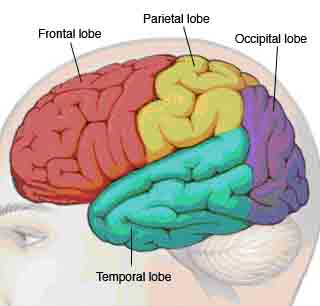 Your brain's hemispheres are divided into four lobes.
Your brain's hemispheres are divided into four lobes.• The frontal lobes control thinking, planning, organizing, problem solving, short-term memory and movement. • The parietal lobes interpret sensory information, such as taste, temperature and touch. • The occipital lobes process images from your eyes and link that information with images stored in memory. • The temporal lobes process information from your senses of smell, taste and sound. They also play a role in memory storage. |
|
|
|
|
|
RGVT
|
Home
|
Determine
|
Branches
|
Que. Answer
|
IQEQSQ
|
Theory
Courses | Authorisation | About SEP | Contact Us |
|
|